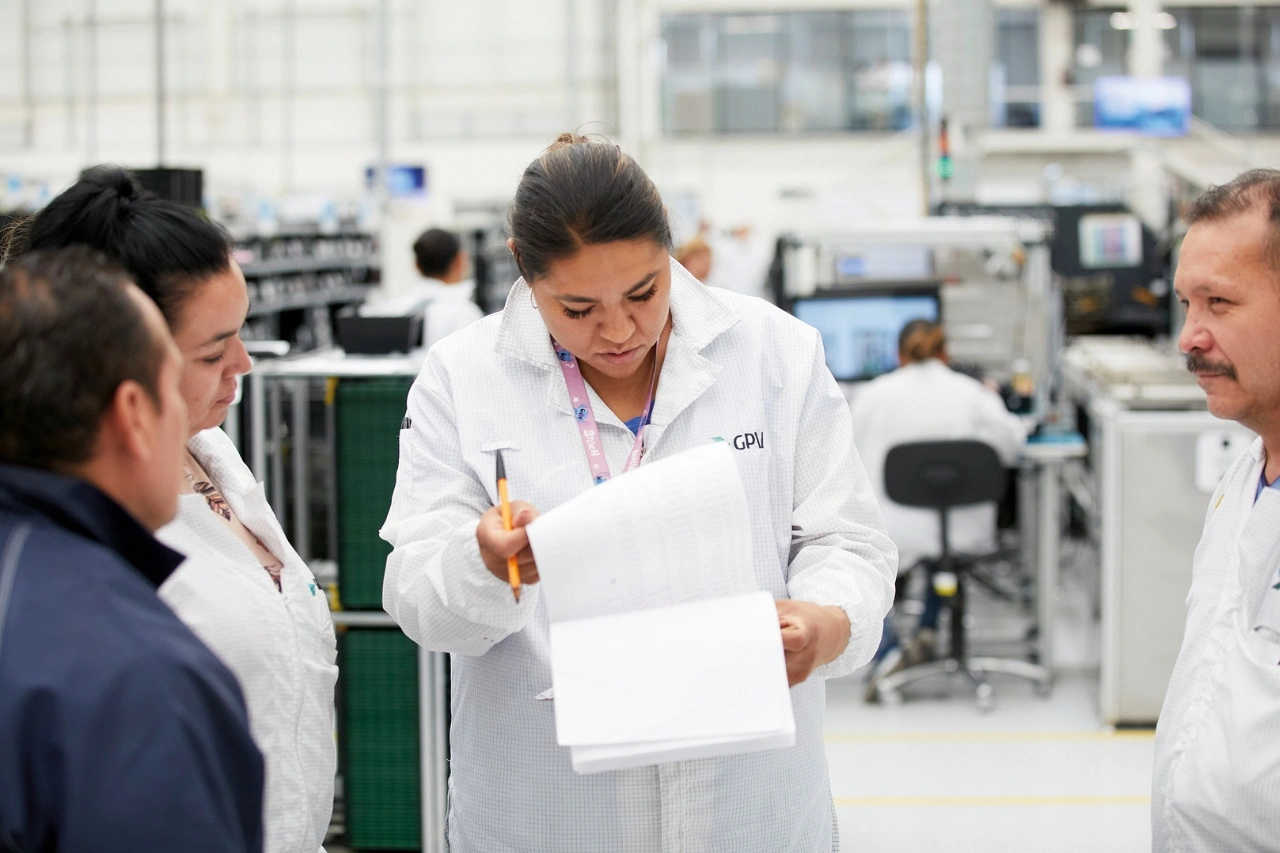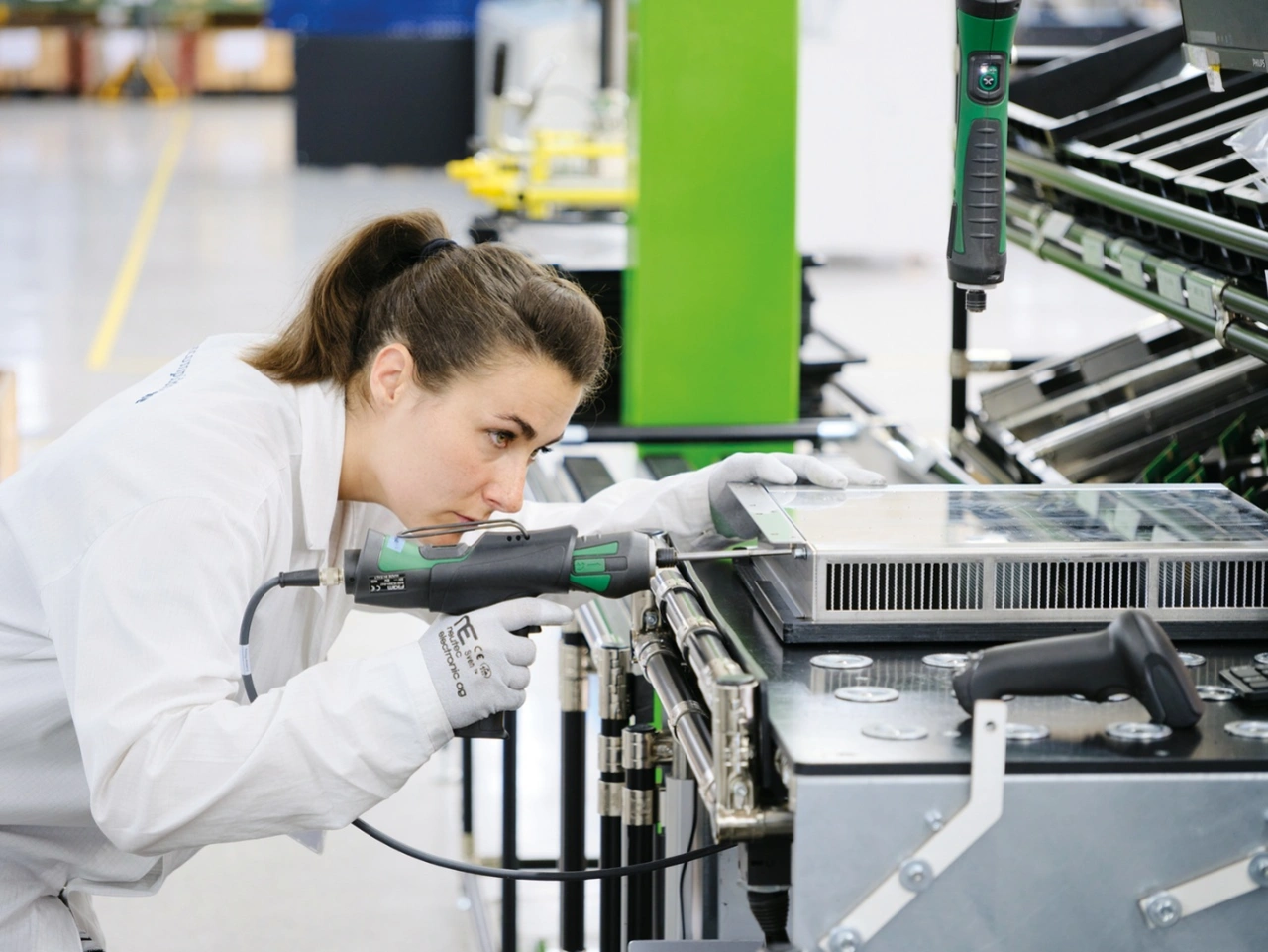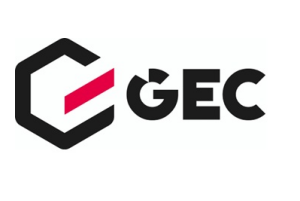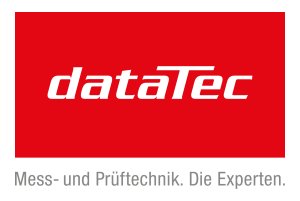Interview: Bo Lybaek and Thomas Kaiser
GPV: »We strongly believe that size matters«
GPV’s CEO Bo Lybaek and COO Thomas Kaiser reflect on the company’s impressive financial performance in 2023, driven by the integration of Enics and rising material costs.
They also provide insights into the current global market shifts, the evolving role of regional production, and GPV’s future strategies for navigating challenges in the electronics industry.
Markt&Technik: What factors contributed to GPV‘s record turnover in 2023?
Bo Lybaek: The main reason for the increased sales from DKK 5.9 billion in 2022 to DKK 10.4 billion in 2023 is that former Enics was included for the full year and not only Q4 as in 2022.Besides a positive activity level, the increased sales was additionally impacted by higher material prices and PPVs which affected sales positively and margins negatively. Also, we began 2023 with an overdue order backlog situation in the former Enics sites caused by shortage of components and general high demand from customers post the coronavirus crisis.
What was GPV‘s operating result in 2023 and what was the percentage increase compared to the previous year?
Lybaek: The reported EBITDA for 2023 was DKK 743 million, corresponding to a natural increase of 60% compared to 2022 where former Enics was only included in Q4/2022.
Let‘s move on to 2024: What changes are there in GPV‘s organisation?
Lybaek: In June 2023, we launched a new combined organisation based on four design principles i.e., Clarity and Simplicity – Connect with customers – Local site accountability – Utilise global strength. Our new organisational structure has shown to function even though there are probably still areas where we could simplify more and areas where we need to align more.
Our governance structure has been built around this new organisational set-up.
How do you categorise the current material availability situation?
Thomas Kaiser: It has eased up and is in general normalised. We, however for some specific chips, see continued long lead times. In terms of cost, we also see improvements for most categories.
The order backlog in the electronics industry has declined. What is the current market situation for GPV?
Lybaek: The market is clearly re-balancing which principally is positive, but of course it requires managing clearly. Our customers are de-stocking, the supply chain is as said normalised and the order horizon is close to being normalised. All in all, this has led to a softer market situation and we have had to adapt to this new normal.
When do you expect the market to pick up again?
Lybaek: We expected the second half of 2024 to show some recovery, however now we expect a turning point for market demand to pick-up during 2025.
What regional differences have you noticed when comparing USA, South America, Asia and Europe?
Kaiser: We have clearly experienced a stronger USA market where Europe have been softer. On our operational business units we have seen that the ones who experienced the re-balancing of the market first have started to recover slightly whereas the ones who have experienced the re-balancing later are still waiting for the recovery.
Experts complain that Europe cannot benefit from the AI boom but is very dependent on industry and the automotive industry. How do you categorise this from the perspective of your customer base?
Kaiser: In Europe, we still have a good industrial base, the automotive industry is very important to some countries in Europe and of course they are challenged by the electrification. We hope they will make the turn and when they have done that stand even stronger, but it is challenging.

Regarding AI, we see that Europe can benefit a lot, however the previous EU commission had the opinion and focus that regulation could be the primary tool for guiding this development. Coming from smaller countries – Denmark and Switzerland – we believe that we must embrace and test the new technologies like AI to a larger extend and take advantage of it instead of being afraid of it.
Which markets are currently doing well in your view, and which are doing less well?
Lybaek: Already in 2023, we saw that smart building products were declining and there we have started to see a slight recovery. Our industrial segments are down and so is MedTech. Regarding the Semicon related business we expect a faster start of a recovery.
Kaiser: GPV is not in the CCC business nor directly involved in the Automotive business. However, GPV is well positioned in products around the car. GPV sees an increasingly positive trend in both the BuildingTech and Semicon industries where as MedTech is still in a soft patch.
How is GPV reacting to the current shifts in the global electronics market?
Lybaek: As expected, rising global interest rates and a re-balancing of the market have resulted in a lower activity level in the electronics industry. At the same time, market conditions have become far more complex due to the geopolitical developments. Overall, the US out-of-China approach and the market effects following is having a significant impact on global trade. We already now handle the regionalised globalisation tendencies. Therefore, the industry is currently in an adjustment phase, which, together with a continued outsourcing, gives us some exciting new opportunities.
Mexico is currently considered one of the fastest growing markets. How important is Mexico for GPV?
Lybaek: Much of the demand in the significant American market is moving towards Mexico. Consequently, GPV is doubling the production area there in 2024, with the final layout expected to be completed in the first half of 2025. The production capacity is not new but being relocated from regions with lower demand.

Some EMS say that the principle of “local-for-local” production is once again taking centre stage. How do you assess this?
Kaiser: We see a mixed picture and today we talk about Regional Globalisation. Many of our customers do follow a sustainability driven agenda, which requires the localisation to near shore places. This includes not only the manufacturing of the devices but starts already in the design phase with the selection of components. Nevertheless, so far in most of the cases it remains a TCO approach, where we have to reply as agile as possible.
What are GPV‘s forecasts for turnover and operating profit in 2024?
Lybaek: Due to the postponed upturn in the global market, GPV recently lowered its expectations for the full year. The sales forecast is in the range of DKK 8.9 to 9.3 billion and the earnings expectation – EBITDA - is in the range of DKK 610 to 660 million. As part of the merger with Enics we prepared an internal business plan, and we will still be well ahead of this plan in 2024.
What challenges and opportunities do the EMS market offer in the medium term in your view?
Lybaek: After managing the shortage crisis during the last couple of years, our customers have returned to focus more on the commercial conditions. We strongly believe that size matters and hope to harvest from our new setup, after the successful integration, in positive manner.
Kaiser: In addition, the execution of the European Sustainability reporting Standards is a big challenge to the EMS industry and has to be implemented in the most structured way. We at GPV are following a selected programme and are on the way to reach Corporate Sustainability Due Diligence Directive – CS3D. A first step will be to get audited on our implemented measures on CS3D by 2025.









